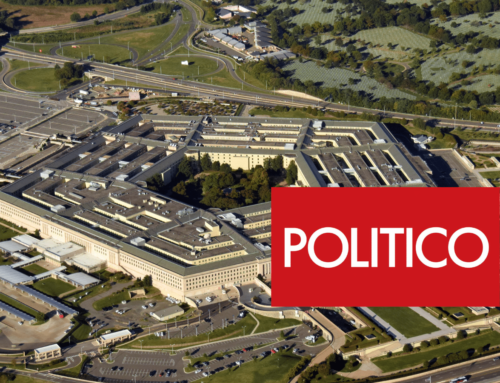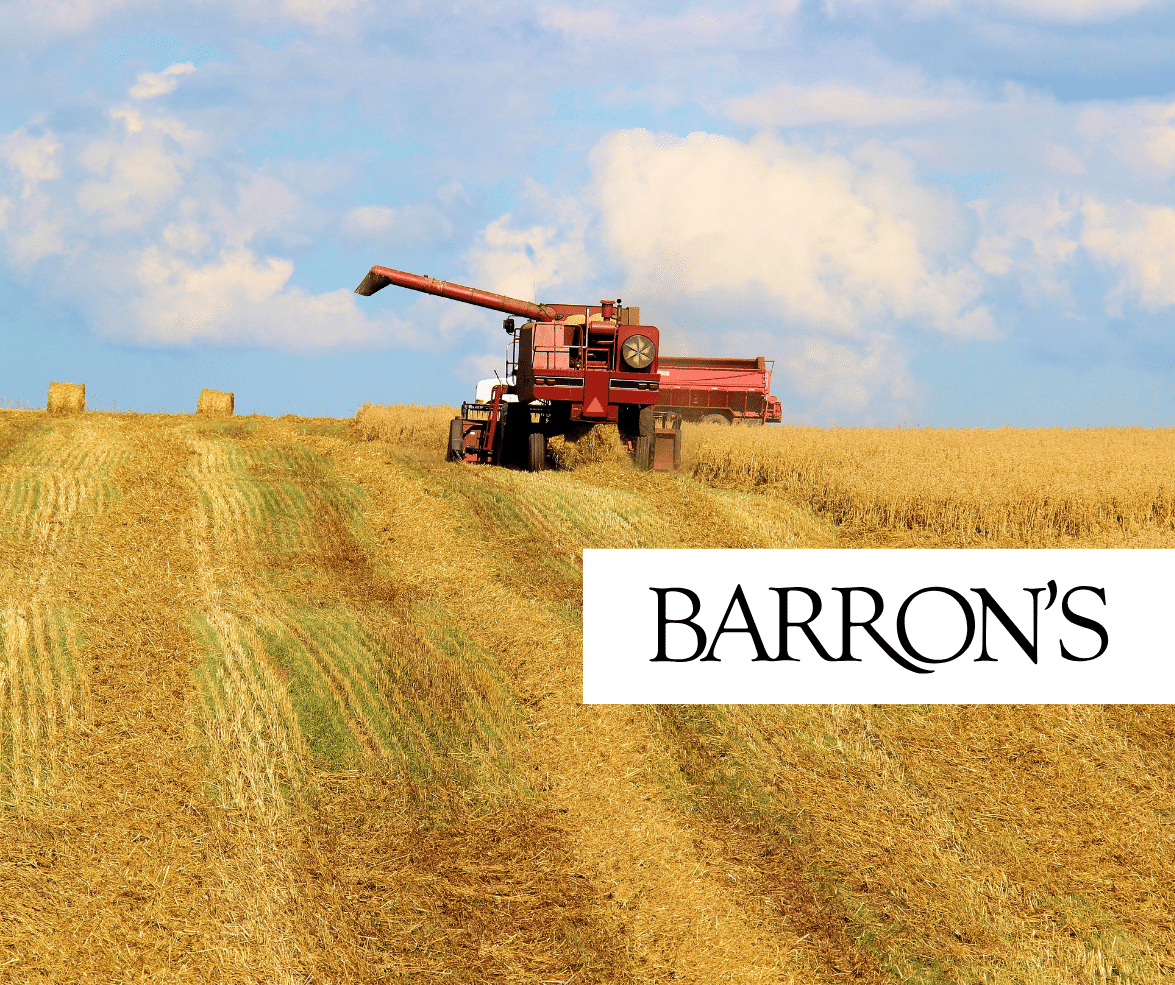Like a parent taking the car keys away from a teenager who has racked up too many tickets, Congress is finally going to make the Department of Energy (DOE) take responsibility for its lack of fiscal accountability—if the agency doesn’t wheedle its way out of it.
In its version of the FY2011 Defense Authorization Bill, the Senate Armed Services Committee required the Secretary of Energy to establish cost and schedule baselines for its expensive programs. DOE’s inability to balance its checkbook is an open secret, but Congress has turned a blind eye for years because of the complexity of managing the country’s nuclear weapons complex and cleaning up nuclear waste.
The National Nuclear Security Agency (NNSA) and Office of Environmental Management (EM) consume 60 percent of the DOE budget. Now, the Obama Administration wants to boost their budgets to $18 billion in fiscal year 2011 to finish several new facilities and launch two programs to extend the life of nuclear warheads. An NNSA report on its long-range plans released last month says the agency plans to spend $80 billion over the next ten years.
Yet the Government Accountability Office (GAO) points out that DOE hasn’t had a cost-estimating structure in place for decades and can’t even say what it spends on its nuclear labs today . The Department of Energy is the largest contracting agency in the federal government outside the Department of Defense, outsourcing a staggering 90 percent of its annual budget. But they don’t do it well. Poor contract management and oversight has landed the agency on GAO’s “High Risk List” of wasteful government programs since 1990.
Lawmakers have worried aloud that NNSA wouldn’t be able to handle its new fiscal responsibilities. “We need to know that NNSA has sound cost and schedule estimates,” said Senate Energy and Water Subcommittee Chairman Byron Dorgan (D-ND) at a budget hearing last March. “What I've not seen and what I want to see is a plan or strategy that shows how NNSA will be able to manage this many complex projects at once and pay for them in the coming years.”
Some of these projects are already showing signs of trouble. The budget for the Chemistry and Metallurgy Research Facility Replacement (CMRR) at Los Alamos National Laboratory has more than quadrupled in recent years, and that’s before design plans have even been finalized. The authorization bill report expresses concern that the facility is “appropriately sized” following cancellation of the Reliable Replacement Warhead planned for development there. And construction of a plant in Kansas City, MO that DOE outsourced to a private developer to save money is apparently short of cash since DOE asked for funding for facility “upgrades.”
NNSA Administrator Thomas D’Agostino says DOE will mend its ways, presenting a plan this spring to better manage costs. But the Senate Armed Services Committee decided to go one better by deploying elements of the Nunn-McCurdy Act established in 1982 to bring spiraling defense contracts under control. For example, in addition to providing cost and schedule baselines for every defense-related construction project, environmental cleanup and nuclear weapon life extension program over $100 million, DOE must also notify Congress if the programs run more than 125 percent over the estimates. They must then make the case why the program shouldn’t be cut and hand over revised baselines.
These are important steps toward curbing DOE’s profligate ways. But because the House version of the bill does not contain such language, there’s a danger it could end up on the cutting room floor in conference or get stripped out when the bill hits the Senate floor in upcoming weeks. That would be an expensive mistake. The fact that DOE is responsible for such a major part of our national security means it should get more scrutiny, not a hall pass.










Get Social